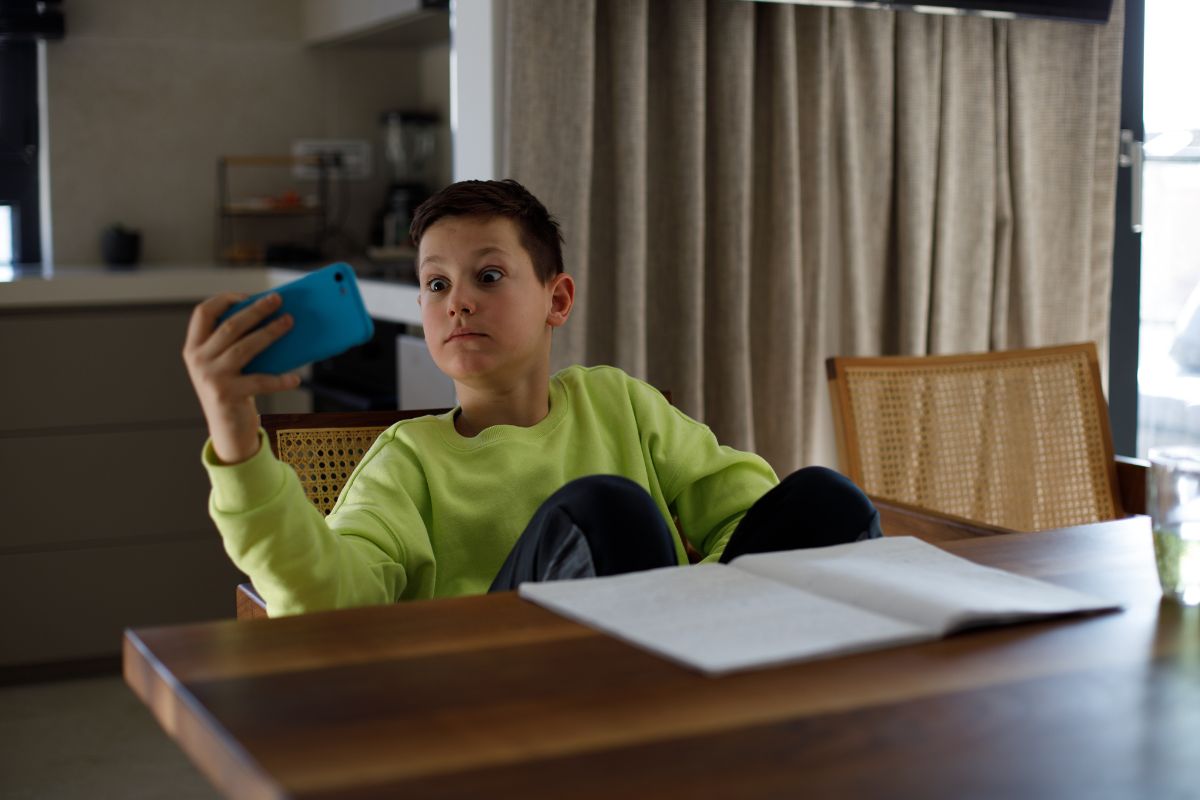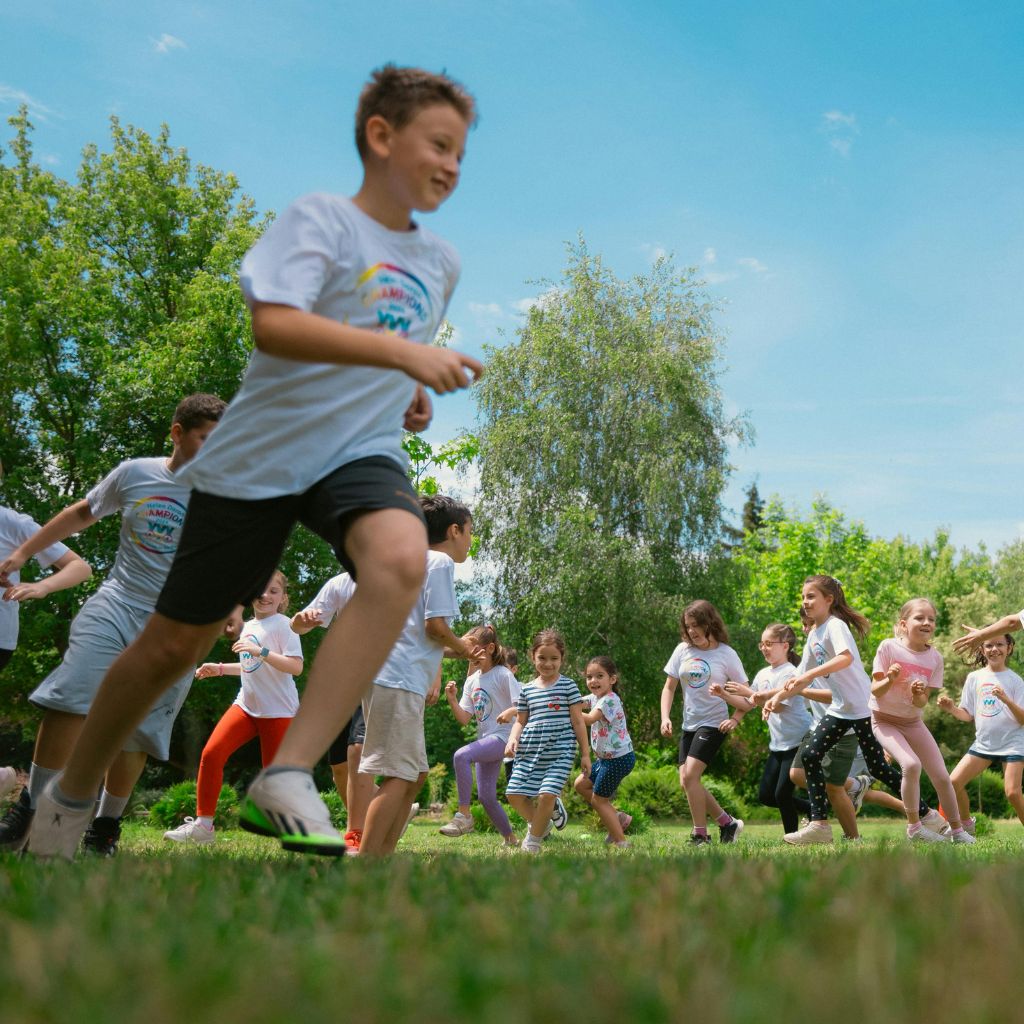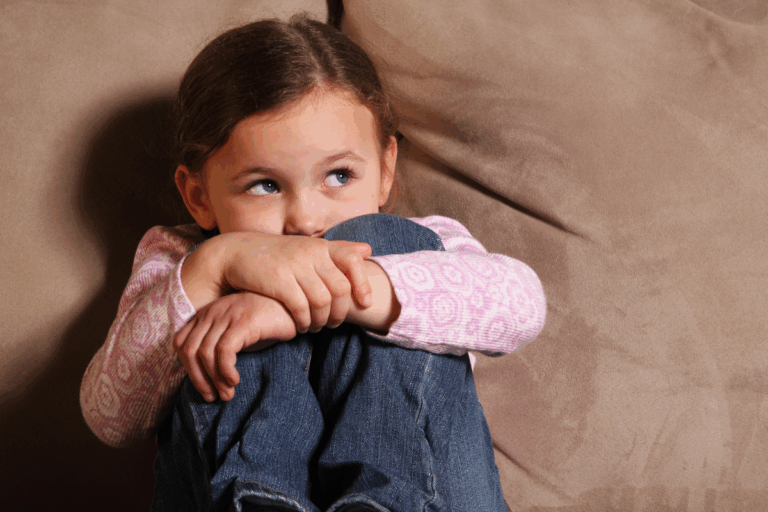What Causes ADHD in Children? Symptoms and Effective Treatment Options

Sydney Johnston

ADHD in children can feel overwhelming—not just for the child, but for families trying to make sense of what’s happening. When a child struggles to focus, acts on impulse, or seems constantly “on the go,” it’s easy to label it as misbehavior. But ADHD is more than just restlessness or distraction. It’s a neurodevelopmental condition that affects how a child’s brain manages attention, activity, and control. And understanding the “why” behind it can help us respond with more compassion, not just correction.
What Causes ADHD in Children?
There isn’t a single reason a child develops ADHD. Instead, it’s the result of a mix of biological and environmental influences that affect brain development and behavior regulation:
1. Genetics
If a parent or sibling has ADHD, the chances increase significantly—studies suggest heritability rates between 70–80%. ADHD often runs in families due to inherited traits that shape how the brain processes attention and self-control.
2. Brain differences
Children with ADHD often show subtle differences in brain anatomy and chemistry—particularly in areas that regulate attention, impulse control, and rewards.
3. Environmental factors
- Prenatal exposures: Tobacco, alcohol, or environmental toxins (like lead or certain pesticides) during pregnancy can increase ADHD risk.
- Birth and early-life issues: Premature birth, very low birth weight, and early severe stress or neglect have also been linked to ADHD.
4. Technology & lifestyle factors
While not standalone causes, heavy digital media use—like gaming or prolonged screen time—can exacerbate ADHD symptoms in some children.

Symptoms of ADHD in Children
ADHD shows up in different ways depending on the subtype—inattentive, hyperactive-impulsive, or combined. Key signs include:
- Inattention: Trouble focusing, forgetting things, getting easily distracted, struggling to follow instructions, losing school items.
- Hyperactivity: Fidgeting, constant motion, difficulty sitting still—especially noticeable in structure-rich environments like classrooms.
- Impulsivity: Acting without thinking, interrupting others, struggling to wait a turn, blurting out answers.
Some kids might seem calm but inwardly restless—what you notice at home may differ from what shows up at school. To be considered ADHD, symptoms must appear in two or more settings and start before age 12.
How ADHD Test Is Performed
The ADHD test isn’t about a single scan or a quick checklist. It’s a comprehensive process that looks at the full picture of a child’s behavior and development.
- Clinical interviews are usually the starting point. A mental health provider will talk with both the child and the caregivers to understand behavior patterns, family history, and day-to-day challenges. This helps rule out other conditions that can mimic or overlap with ADHD, like anxiety, learning differences, or sensory processing issues.
- Standardized behavior rating scales are often used next. These forms—filled out by both parents and teachers—compare the child’s behaviors to age-based norms. They help confirm whether the symptoms are consistent across different environments and situations.
- Observations in real-world settings—like classrooms or therapy offices—can also offer insight into how the child responds to structure, instruction, and social interaction.
There’s no blood test or brain scan to diagnose ADHD. It’s about gathering patterns, consistency, and clinical expertise to understand what’s going on beneath the surface.
Effective Treatment Options
Evidence-based treatment combines behavioral therapy, medication, and supports at home/school:

1. Behavioral Interventions
- Parent training: Helps caregivers learn to reinforce positive behaviors and set consistent routines.
- Behavioral therapy at school: Teachers can implement strategies like reward charts, structured breaks, and clear expectations.
- Social skills coaching: Supports making friends, controlling impulses, handling frustration.
Recommended as first-line intervention for preschoolers (ages 4–5) .
2. Medication
- Stimulant medications (e.g., methylphenidate, amphetamines) are most effective, improving attention and reducing impulsivity in ~70% of children .
- Non-stimulant options exist for those who don’t respond or tolerate stimulants.
- Best used alongside behavioral supports for ages 6–17.
3. Lifestyle & School Supports
- Encourage structured routines: consistent sleep, mealtimes, homework blocks.
- Support physical activity: exercise can help with focus and mood.
- Provide school accommodations: extended test time, simplified instructions, quieter environments.
4. Emerging & Complementary Solutions
Neurofeedback, dietary modifications, mindfulness, and even non-invasive brain stimulation show tentative benefits—best viewed as supportive, not replacements.
Final Thoughts
Understanding the root of ADHD challenges can help shift the narrative from frustration to empathy. The ADHD kids aren’t broken or defiant—they’re wired differently, and with the right support, they can build the tools they need to succeed on their own terms.
ADHD is manageable. The key is early identification, a tailored treatment plan, and a consistent support system. With patience, structure, and a strengths-based mindset, children with ADHD can grow into confident, capable, and resilient adults.
Responsibly edited by AI
Other Blog Posts in
Animo Sano Psychiatry is open for patients in North Carolina, Georgia and Tennessee. If you’d like to schedule an appointment, please contact us.
Get Access to Behavioral Health Care
Let’s take your first step towards. Press the button to get started. We’ll be back to you as soon as possible.ecovery, together.




